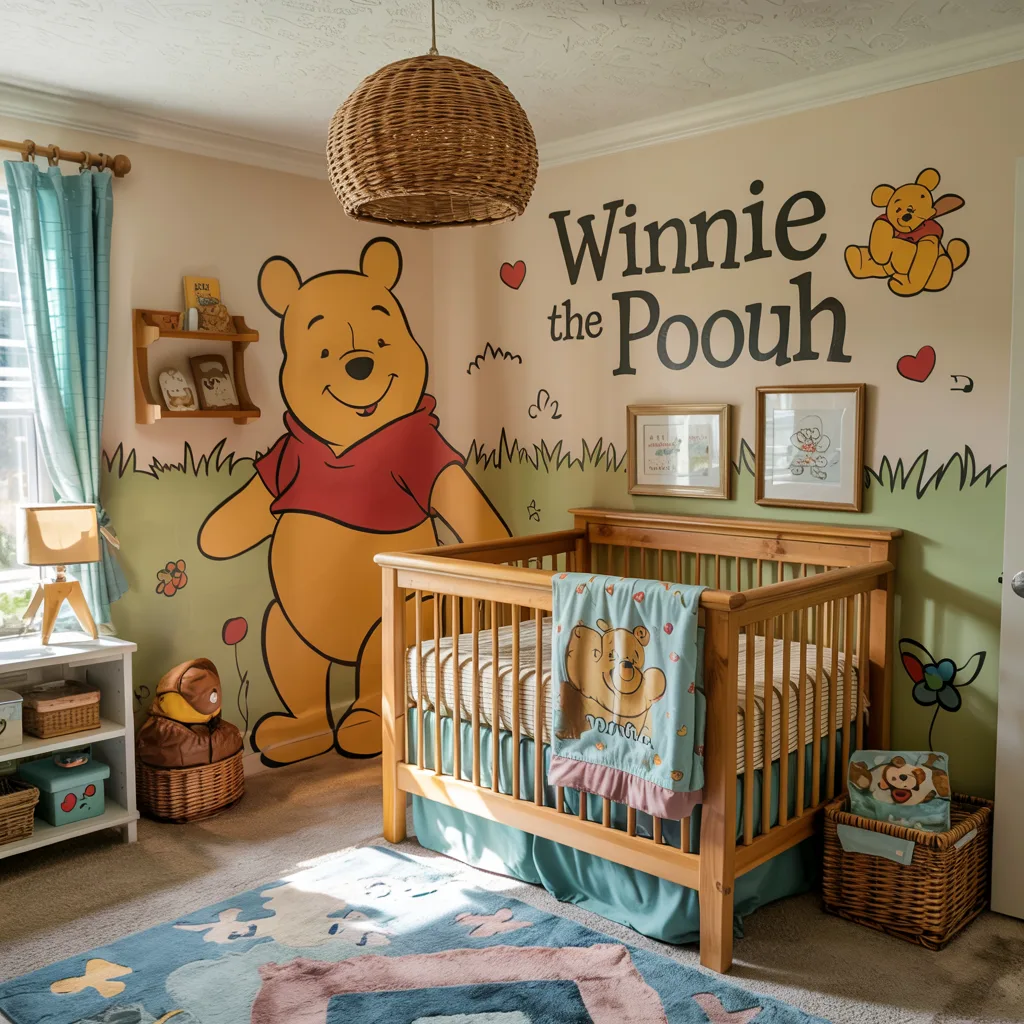As a parent, you’re likely wondering When Can Kids Safely Eat Popcorn?—especially if your little one reaches for your movie night snack bowl. It’s a common question with an important answer: most pediatricians and safety experts recommend waiting until children are at least 4-5 years old before introducing popcorn, due to significant choking hazards.
In this comprehensive guide, we’ll explore exactly why popcorn poses risks for young children, when it becomes safer to introduce, and what alternatives you can offer your toddler while waiting for that developmental milestone. As a pediatric nutritionist who’s worked with families for over a decade, I’ll share evidence-based recommendations to help you navigate this common childhood safety concern.
Table of Contents When Can Kids Safely Eat Popcorn?
The Big Risk: Why Popcorn is a Choking Hazard for Young Children
Popcorn ranks among the top choking hazards for children under age 4, and with good reason. Understanding the specific dangers can help clarify why waiting to introduce this snack is so important.
What Makes Popcorn Particularly Dangerous:
- Size and shape: Popped kernels are the perfect size to block a small child’s airway
- Light and airy texture: Children may inhale pieces while laughing or talking
- Hard, unpopped kernels: These can lurk at the bottom of bowls and pose serious risks
- Irregular shapes: The irregular surface can make popcorn difficult to control in the mouth
- Hulls: The thin, sharp edges can stick to the throat and cause discomfort or choking
According to the American Academy of Pediatrics (AAP), popcorn is among the leading food-related choking causes in children under age 5, alongside hot dogs, nuts, seeds, hard candy, and grapes.
“Popcorn is particularly problematic because of its irregular shape and texture, which makes it difficult for young children to chew completely. The unpopped or partially popped kernels present an even greater risk. I’ve treated numerous choking emergencies involving popcorn in my emergency room career, and they’re particularly frightening for parents because the obstruction can happen so suddenly.” — Dr. Melissa Barton, Pediatric Emergency Medicine
What Age Can Kids Safely Eat Popcorn? The Official Guidelines

When determining when kids can eat popcorn safely, experts look at developmental readiness rather than just chronological age. However, clear guidelines do exist:
- American Academy of Pediatrics (AAP): Recommends waiting until at least age 4
- Centers for Disease Control and Prevention (CDC): Lists popcorn as a choking hazard for children under 4
- Many pediatricians: Suggest waiting until age 5 to be even safer
These recommendations are based on children’s developmental milestones in chewing and swallowing:
| Age | Developmental Stage | Popcorn Safety |
|---|---|---|
| 1-2 years | Learning to chew but lacks molars and coordination | High risk – avoid completely |
| 2-3 years | Developing better chewing but still learning | High risk – avoid completely |
| 4-5 years | Usually has full set of primary teeth, better coordination | Lower risk if carefully supervised |
| 5+ years | Generally has mature chewing patterns | Appropriate with normal precautions |
“I look for several developmental markers before recommending popcorn for children: full dentition (especially molars for grinding), consistent ability to chew thoroughly before swallowing, ability to sit still while eating, and the cognitive understanding to follow eating safety instructions. For most children, these skills develop between ages 4 and 5.” — Sarah Johnson, Pediatric Feeding Specialist
Is “Hull-less” Popcorn Safer for Toddlers?
Despite marketing claims, “hull-less” popcorn is not actually hull-free—it simply has smaller, more tender hulls. This variety still poses significant choking risks for young children under 4-5 years.
Key facts about “hull-less” popcorn:
- Still contains hulls, just smaller ones
- Maintains the same dangerous size and shape characteristics
- Can still include unpopped or partially popped kernels
- Is not recommended for children under 4-5, despite packaging that might suggest otherwise
The bottom line: Don’t let packaging mislead you into introducing popcorn earlier than recommended.
What About Popcorn Puffs or Other Corn Snacks?
Parents often wonder about alternatives like puffed corn snacks (such as Pirate’s Booty or cheese puffs), which may seem similar to popcorn but have different safety profiles:
Dissolvable Corn Puffs:
- Dissolve quickly with saliva
- Have a consistent texture without hard pieces
- May be appropriate for toddlers who can manage soft solids (typically around 12+ months)
- Still require supervision and proper sitting position
Corn Chips/Crunchy Corn Snacks:
- Often too hard and sharp for children under 3-4
- May not dissolve easily
- Should be introduced with similar caution as popcorn
Always check the packaging for age recommendations and choking hazard warnings, regardless of the snack type.
Ready to Introduce Popcorn? Safety Tips for Older Kids (Age 4/5+)
When your child reaches the appropriate developmental stage (generally 4-5+ years), here’s how to introduce popcorn safely:
Essential Safety Precautions:
- Always supervise children eating popcorn, even after age 5
- Ensure proper seating – children should always sit upright, not lying down or running
- Remove all unpopped kernels – pre-screen the popcorn before serving
- Start with small amounts to gauge their ability to manage the texture
- Avoid distractions like TV or screens during initial introduction
- Choose plain varieties initially – excess butter or hard seasonings can increase choking risk
- Teach good habits – remind children to chew thoroughly and take small bites
Modified Serving Suggestions:
- Crush popcorn slightly before serving to reduce choking risk
- Consider popcorn that has been popped without hulls or that has softer hulls
- Avoid caramel corn or kettle corn initially, as these harder varieties increase risk
Safer Snack Alternatives for Babies and Toddlers
While waiting for your child to reach the developmental readiness for popcorn, try these safer alternatives that satisfy similar snacking urges:
Age-Appropriate Alternatives:
- 6+ months (with appropriate development)
- Soft, dissolvable puffs designed for babies
- Well-cooked, soft vegetable pieces
- 12+ months
- Cheese crackers that soften quickly
- Freeze-dried fruit that dissolves easily
- Soft fresh fruit in appropriate sizes (banana pieces, ripe pear)
- Yogurt drops or melts
- 2-3 years
- Soft whole grain crackers
- Puffed rice or corn cereals (without hard edges)
- Soft granola bars (without nuts)
- Small pieces of soft bread or toast
Always match snack texture to your child’s current chewing abilities and supervised them during snack time.
Expert Corner: Hear from the Pediatric Specialists
Medical professionals consistently emphasize patience when it comes to introducing potential choking hazards like popcorn:
“Parents often want to share their favorite snacks with their children, which is understandable. However, I always remind families that developmental readiness for foods like popcorn isn’t something we can rush. The risks simply outweigh the benefits when introduced too early. Waiting until age 4-5 is a small delay that significantly reduces a serious safety risk.” — Dr. James Wilson, Pediatrician
“In my practice, I’ve found that parents appreciate clear guidelines. Rather than focusing on what children can’t have, I emphasize the wide variety of safe, nutritious snacks appropriate for each age. Popcorn will still be there when your child reaches the right developmental stage.” — Dr. Amara Lee, Family Medicine
Frequently Asked Questions
Q: Can my 3-year-old eat popcorn if I watch them closely?
A: Even with close supervision, a 3-year-old lacks the necessary oral motor skills to safely manage popcorn. Choking can happen in seconds and sometimes silently, making supervision alone insufficient protection. It’s best to wait until at least age 4-5.
Q: Is microwave popcorn different from air-popped in terms of safety?
A: The preparation method doesn’t change the choking risk. All popcorn—whether air-popped, microwave, or stovetop—presents the same physical hazards. However, microwave popcorn may contain additional chemicals and additives that some parents prefer to avoid for young children.
Q: What should I do if my child chokes on popcorn?
A: Knowledge of infant and child CPR is crucial. If your child is choking and cannot breathe, cough, or speak, immediately perform appropriate back blows and chest thrusts based on their age, and call emergency services (911). For partial airway obstruction where the child can still breathe somewhat, encourage coughing while seeking medical help. Every parent should take a pediatric first aid course to prepare for emergencies.
Q: My child accidentally ate some popcorn before the recommended age. What should I do?
A: Stay calm and observe them closely for any signs of difficulty. If they’ve eaten the popcorn without incident, continue monitoring for delayed reactions like coughing, wheezing, or respiratory issues over the next 24 hours. Contact your healthcare provider if you notice any concerning symptoms. Remember that pieces can sometimes become lodged without immediate obvious signs.
Conclusion: When Can Kids Eat Popcorn Safely?
Understanding when can kids eat popcorn safely is an important part of navigating childhood nutrition and safety. While it may be tempting to introduce this popular snack earlier, the consensus among medical professionals is clear: wait until children are at least 4-5 years old and have developed the necessary skills to handle this challenging food.
Until then, explore the wide variety of age-appropriate alternatives that can satisfy your child’s snacking needs without the associated risks. Remember that each child develops at their own pace, so consult with your pediatrician for personalized guidance about your child’s readiness for popcorn and other potentially challenging foods.
About the Author: Jessica Matthews, MS, RD, is a registered dietitian specializing in pediatric nutrition with over 12 years of experience counseling families on child feeding and safety. She holds a master’s degree in Nutritional Sciences and maintains a private practice focused on early childhood feeding.
This article was medically reviewed by Dr. Robert Chen, MD, FAAP, Board-Certified Pediatrician, on April 10, 2025.
References:
- American Academy of Pediatrics. (2023). Prevention of Choking Among Children. Pediatrics, 145(6).
- Centers for Disease Control and Prevention. (2024). Choking Hazards for Children.
- Nationwide Children’s Hospital. (2024). Choking Hazards: Food Can Cause Choking.
- American Academy of Pediatrics. (2024). HealthyChildren.org: Choking Prevention.
- Pediatric Feeding Specialist Association. (2023). Developmental Stages of Feeding.











